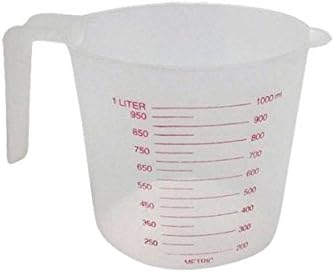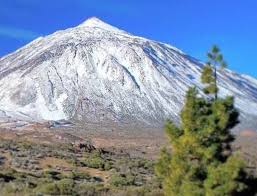NATURAL SCIENCE - New unit: Matter and Forces - Mass, volume and density
Hi, Biodiversos!!!
This week we are going to focus in the "matter" part of the unit. Here I am going to give you a summary of the most important concepts and you will have some videos to watch. I hope that, with the book, it helps. Then, you will have some activities to do (remember, some optional and some that will be part of the evaluation).
Here we go!!!
MATTER
Matter is in all the things that are around you. It is formed by very little parts that your eyes are not able to see , but that with a microscope appear: molecules.
As you have probably studied before, matter can be found naturally in three states: solid, liquid and gas; in the solids, molecules are ordered and, as in your bedroom when you tidy up, this way is where things are closer...; in the liquids, molecules are not so close; and in gases, molecules are further.
But there are two physical characteristics that all kinds of matter have: mass and volume
MASS
It is the quantity of matter (of molecules) that something has. For knowing how much mass and object has, you usually go to a balance or a scale and you measure it with a unit you have studied in Maths: grams(g)/kilograms(kg).
 |
| Balance |
 |
| Scale |
VOLUME
The volume is the amount/quantity of space an object occupies. You can measure it with a measuring cup (everybody has one in the kitchen) or cylinder. The unit to measure volume is usually the litre (l).
 |
| Measuring cup |
It is the relationship between mass and volume. It refers to how close the molecules are in an object. To find the density of an object, we have to divide its mass by its volume (mass : volume = density). The unit we are going to use is kilograms per litre (kg/l).
In this video, there is a practical example. It is from the beginning until minute 1:25.
And now, watch this video. It is an experiment of a scientist that has created a new machine...
In this video we can verify some scientific facts:
- The elephants have the same volume, because they occupy the same amount of space (they have the same size, in this case).
- The mass of the three elephants is not the same: if we took them to a scale, we would see that the cement elephant is the heaviest and the cotton candy elephant is the lightest.
- As they have the same volume, if we divided their mass by their volume, we would see that the cement elephant also is the densest and the cotton candy is the least dense. Have you seen that mass is closer in the cement than in the wood or in the cotton candy? (Imagine that the volume of the three of them was 2 litres, the cement elephant's mass was 6 kg, the wood elephant's mass was 4 kg and the cotton candy elephant's mass was 2 kg; then, their densities would be:
cement elephant - 6 : 2 = 3 kg/l
wood elephant - 4 :2 = 2 kg/l
cotton candy elephant - 2 : 2 = 1 kg/l

of here wi have to do exersises???
ResponderEliminar0o0
the exercice are in other page
Eliminar